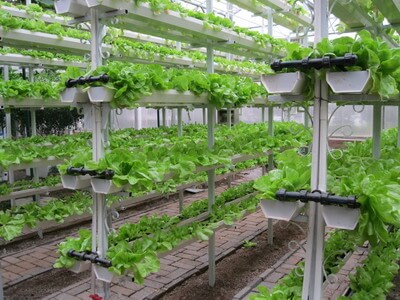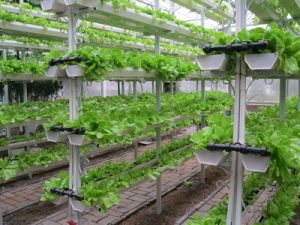Phosphoric Acid in Soilless Cultivation
Phosphoric acid can be used to adjust pH value of the nutrient solution for soilless cultivation.
The pH of the nutrient solution directly affects the state, transformation and availability of nutrients in the nutrient solution. For example, phosphate is liable to precipitate when it is alkaline, which affects utilization; manganese, iron, etc. can also cause deficiency due to reduced solubility in alkaline solutions. Therefore, the adjustment of the pH value in the nutrient solution cannot be ignored.
The pH value can be determined by the mixed indicator colorimetric method. According to the indicators showing different color characteristics in the nutrient solution with different pH values, the pH value of the nutrient solution can be determined. If the pH value of the water source is neutral or slightly alkaline, the pH value of the formulated nutrient solution is similar to the water source, and if it does not match, the adjustment is required.
When adjusting the pH value, phosphoric acid can be used to neutralize the nutrient solution, and sodium hydroxide can be used to neutralize the acidic solution, and then added dropwise to the nutrient solution. At the same time, it is continuously measured with a pH test paper until neutral.
When soilless cultivation is carried out in different places, due to the different sources of water used to prepare the nutrient solution, it may more or less affect the formulated nutrient solution, sometimes it may affect the effectiveness of some nutrients in the nutrient solution, and sometimes even serious Affect crop growth. Therefore, before conducting soilless cultivation and production, the local water quality must be analyzed and tested to determine whether the selected water source is suitable.


